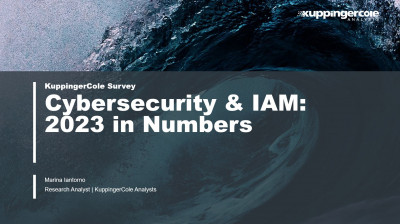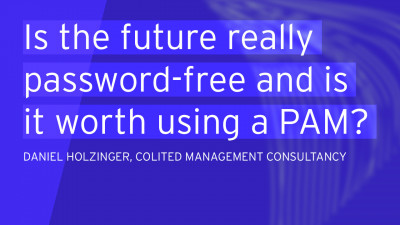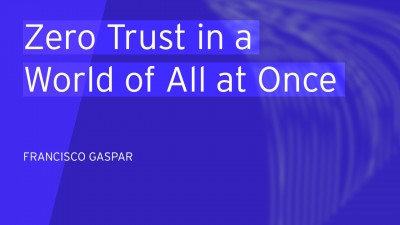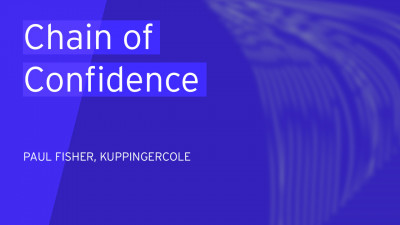1 Introduction
As modern businesses continue to embrace digital transformation, the combination of powerful enabling technologies like cloud computing, mobile devices, and generative AI, and societal factors like the post-pandemic shift to remote work has also introduced new risks and challenges. Protecting sensitive data from leaks, preventing unauthorized access to corporate resources, and securing applications and APIs from cyberattacks are now major tasks every organization must face.
High-profile data breaches that expose millions of sensitive data records can easily cost up to hundreds of millions of dollars, but even the victims of smaller ones are now facing strict penalties for non-compliance, to say nothing about reputation damage. Over the last decade, organizations were forced to abandon the traditional perimeter-based approach towards cybersecurity and instead to deploy a broad range of specialized security tools: for network security, data protection, application and API security, access management, analytics, etc. Having to deal with on-premises and cloud technology stacks separately increases the overall complexity even further.
Unsurprisingly, many companies have started looking for alternative approaches to reduce the cost and administrative effort of infrastructure security and to modernize their existing environments. On the one hand, replacing numerous disparate tools with an integrated solution from a single supplier is gaining traction – which is also indicated by an increasing popularity of cybersecurity platforms.
On the other hand, the ever-increasing degree of heterogeneity and connectivity of modern IT environments – with multi-cloud architectures, distributed microservice-based applications, and the exponential growth of the API economy – leads businesses towards adopting Zero Trust architectures. By applying a set of simple and universal principles (“never trust, always verify!”) universally and consistently across all existing environments, on-premises and in the cloud, it becomes possible to dramatically decrease the complexity and technical debt of legacy security tools.
This shift not only aligns with the need for better security in the face of evolving cyberthreats but reflects the general trend towards the consolidation and unification of IT architectures. Zero Trust models enable businesses to enforce security policies dynamically, eliminating the traditional implicit trust granted to users and systems within an organization's perimeter. The continuous validation of the security posture of all devices and users to support fine-grained access decisions depends heavily on a seamless integration of identity management and network security technologies. Working together, they help enforce consistent access policies across all kinds of resources, from legacy applications and data stores to modern cloud-native workloads and managed services.
With the emergence of new technologies like Generative AI and data privacy laws becoming stricter worldwide, organizations must ensure that their cybersecurity measures comply with relevant regulations while respecting user privacy. Identity-centric security solutions that combine cybersecurity, access management, and compliance in a single technology stack are going to play a crucial role in helping organizations stay agile and adaptable to these quickly evolving requirements.
















































